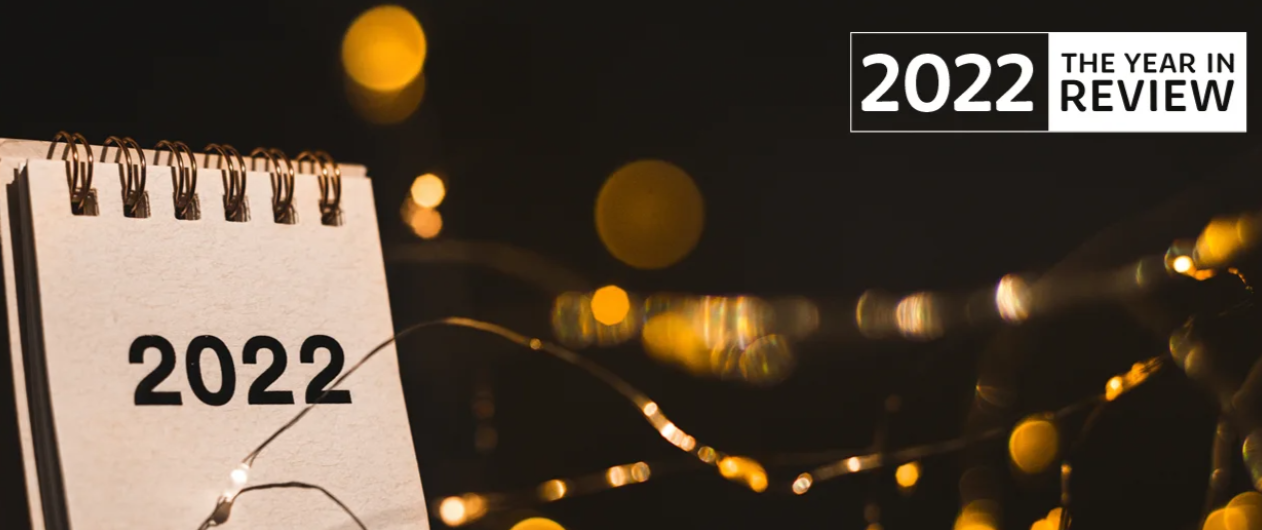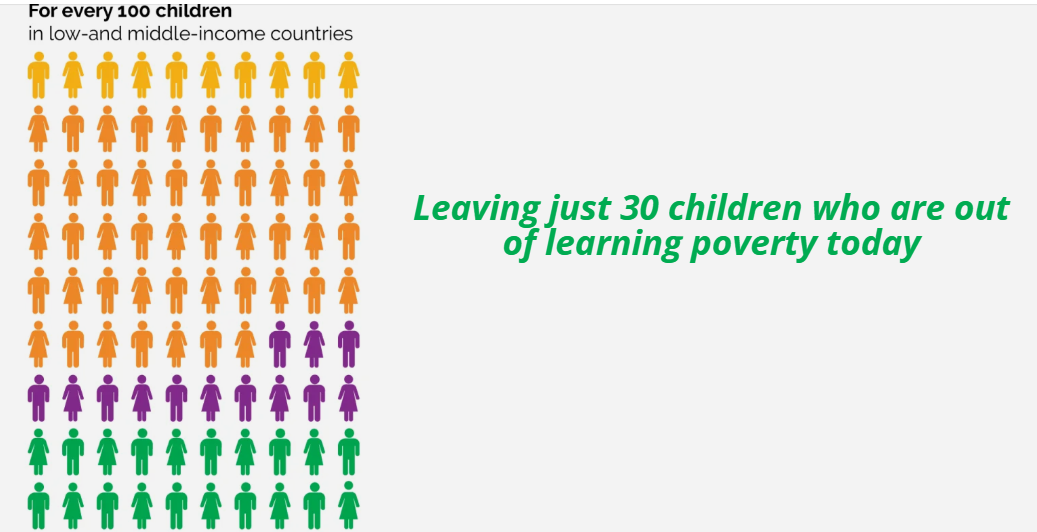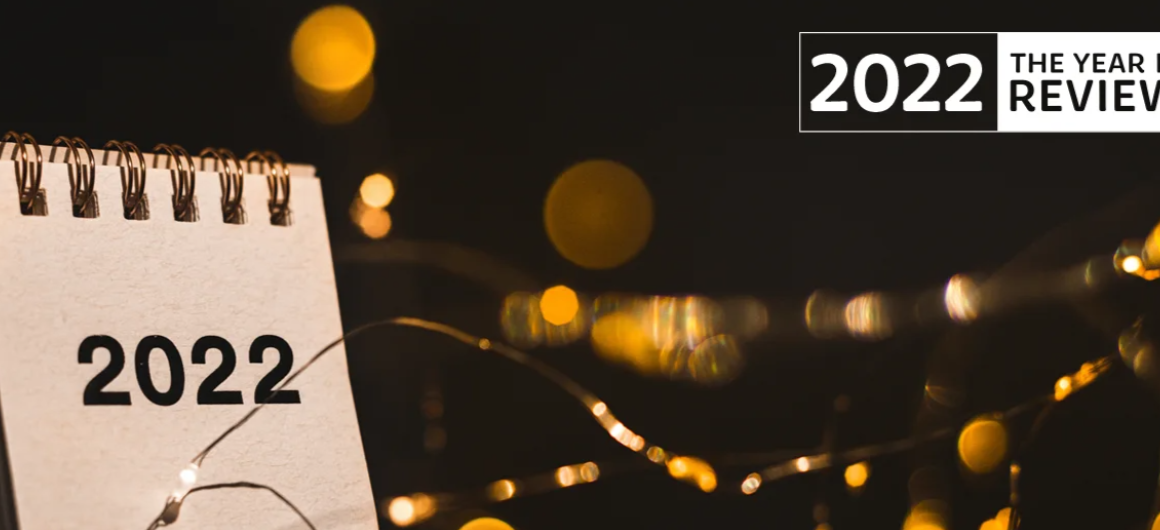Health Transformation Institute (HTI)
applied research institute & advisory consulting
for continuous health transformation
Joaquim Cardoso MSc
Founder and Chief Researcher & Advisor
December 27, 2022
SOURCE:
World Bank
December 2022
2022 has been a year of uncertainty.
Education losses, global inflation, disruptions in supply chains, and other global challenges remind us that the effects of the COVID-19 pandemic continue to linger.
- An increase in the severity of natural hazards continues to illuminate the social and economic impacts of climate change.
- While global inflation, disruptions to food, fertilizer, and energy supplies, education losses, and other global challenges remind us that the effects of the COVID-19 pandemic continue to linger.
- As an unstable and uneven economic recovery took form during 2022, global development faced a crisis.
- Slowing growth contributed to a reversal of progress on the global poverty agenda and an increase in global debt.
- A global vaccination effort helped countries begin emerging from the pandemic and returned millions of children to the classroom, but the lasting impacts from recent learning losses could resonate for years.
- Food inflation and food insecurity rose significantly throughout the year, exacerbated by climate change and Russia’s invasion of Ukraine — contributing to higher food, fuel, and fertilizer prices.
- To combat these multiple crises and help contribute to a more stable and equitable recovery, the World Bank worked with its partners every day of the year to help turn shareholder contributions and equity into expanded support for countries to meet their greatest needs.
Below is a snapshot of this work in nine charts.
- 1.Slowing Growth
- 2.Poverty: A Stalled Agenda
- 3.The Changing Face of Debt
- 4.A Continuing Response to COVID-19
- 5.Rising Food and Fertilizer Insecurity and Food Inflation
- 6.Ramping-up Climate Investment
- 7.Energy
- 8.Responding to the Learning Crisis
- 9. Stepping up to Ensure the Poorest are Not Left Behind

1.Slowing Growth

- The confluence of crises that defined 2022 continue to hamper global growth.
- The global economy is now in its steepest slowdown following a post-recession recovery since 1970 — with global consumer confidence already suffering a much sharper decline than during the run-up to previous global recessions.
- The world’s three largest economies — the United States, China, and the euro area — have been sharply slowing.
- Under the circumstances, even a moderate hit to the global economy over the next year could tip it into recession.
2.Poverty: A Stalled Agenda

- The COVID-19 pandemic dealt the largest setback to global poverty reduction efforts in decades, and the recovery has been highly uneven.
- By the end of 2022, as many as 685 million people could be living in extreme poverty — making 2022 the second-worst year for poverty reduction in the past two decades (after 2020).
By the end of 2022, as many as 685 million people could be living in extreme poverty — making 2022 the second-worst year for poverty reduction in the past two decades (after 2020).
- In addition to the lingering effects of the pandemic, rising food and energy prices — fueled by climate shocks and conflicts such as the war in Ukraine — have hindered a swift recovery.
- It is now projected that 7% of the world’s population — roughly 574 million people — will still struggle in extreme poverty in 2030 — far short of the global goal of 3% in 2030.
3.The Changing Face of Debt

- The past year saw the debt crisis facing developing countries intensify.
- Overall debt levels have increased for developing countries over the past decade, with some 60 percent of the world’s poorest countries either in debt distress or at risk of it.
- Over-encumbered with debt, the world’s poorest are not able to make critical investments in economic reform, health, climate action, or education — among other key development priorities.
- Perhaps more significantly, the composition of debt has changed dramatically since 2010, with private creditors playing an increasingly larger role.
- By the end of 2021, private creditors held 61 percent of the public and publicly guaranteed debt of low- and middle-income countries, according to the 2022 International Debt Report.
- Meanwhile, non-Paris Club countries (those who are not traditional lenders, like China, India, Saudi Arabia, and the United Arab Emirates) are playing an ever-larger role in the bilateral lending space, as well.
- On one hand, increasing the creditor pool helps diversify and spread risk; on the other, it makes debt restructuring far harder.
- This is particularly concerning at a time when global growth is stagnating — leading to fears of ‘stagflation’ — and global initiatives, like the Common Framework, have proved insufficient so far.
This is particularly concerning at a time when global growth is stagnating — leading to fears of ‘stagflation’ — and global initiatives, like the Common Framework, have proved insufficient so far.
4.A Continuing Response to COVID-19

- World Bank Group financing is helping countries buy and distribute vaccines, expand storage and cold chains, develop tracking systems, train health workers, engage citizens and communities to address vaccine hesitancy, and strengthen health systems.
- in 78 countries
- Including 633.5 million vaccine doses
5.Rising Food, Fertilizer Insecurity and Food Inflation

- 2022 was marked by a drastic rise in food insecurity around the globe.
- The war in Ukraine, high inflation, supply chain disruptions, and the global economic downturn all combined to drive large price increases for many agriculture products and inputs, such as fertilizers.
- In response to this situation, the World Bank Group has made $30 billion available to address food insecurity over a period of 15 months.
- The World Bank Group continues to work with its partners to build food systems and can feed everyone, everywhere, every day by improving food security, promoting ‘nutrition-sensitive agriculture’ and improving food safety.
- The Bank is a leading financier of food systems.
- In fiscal year 2022, there was $9.6 billion in new IBRD/IDA commitments to agriculture and related sectors.
- Furthermore, the Global Alliance for Food Security, jointly convened by the German G7 Presidency and the World Bank Group, launched the Global Food and Nutrition Security Dashboard in November as a key tool to fast-track a rapid response to the unfolding global food security crisis.
6.Ramping-up Climate Investment

- As countries began looking at a post-pandemic world in 2022, climate impacts got worse:
- extreme floods in Pakistan claimed hundreds of lives and displaced millions,
- droughts in China and the horn of Africa impacted millions, and
- Europe saw scorching heatwaves and its worst drought in 500 years.
- The World Bank Group stepped up its support to help countries address climate and development needs together: delivering a record $31.7 billion in climate finance, the most ever in a single year in its history.
- Of this total, the World Bank delivered $26.2 billion, of which nearly half ($12.9 billion) specifically supported investments in adaptation and resilience.
- IFC, the private sector arm of the Bank Group, delivered an unprecedented $4.4 billion in climate finance (and mobilized an additional $3.3 billion from other sources), while MIGA, the Bank Group’s political risk insurance and credit enhancement arm, delivered $1.1 billion.
7.Energy

- The first half of 2022 showcased one of the largest shocks to global energy markets the world has seen in decades —…
- sending energy prices soaring,
- exacerbating energy shortages and energy security concerns, and
- further slowing progress toward universal access to affordable, reliable, sustainable, and modern energy by 2030 (Sustainable Development Goal 7).
- Globally, 733 million people still have no access to electricity and, at the current rate, 670 million people will remain without electricity in 2030–10 million more than projected last year.
- In Sub-Saharan Africa, recent improvements have been reversed, with the number of people without access to electricity jumping to 568 million in 2020.
- The vulnerability and isolation of populations without electricity have prompted countries to increase their focus on energy access and affordability in their COVID-19 recovery plans.
- In the last five years, the World Bank has increased efforts to connect or improve the connection to electricity for about 77 million people, doubling its annual financing for energy access to over 1 billion in 2019–22.
The first half of 2022 showcased one of the largest shocks to global energy markets the world has seen in decades …
Globally, 733 million people still have no access to electricity and, at the current rate, 670 million people will remain without electricity in 2030–10 million more than projected last year.
8.Responding to the Learning Crisis

- For every 100 children in low-and middle-income countries
- 10 are “schooling deprived”
- 47 were “learning deprived” before the pandemic
- That number has risen to 60 since the pandemic
- Leaving just 30 children who are out of learning poverty today
- Even prior to the COVID-19 pandemic, the world was facing a learning and skills crisis.
- COVID-19 has only deepened this crisis, as long school closures have led to huge learning losses.
- It is estimated that the learning poverty rate in low- and middle-income countries may have risen to 70 percent in 2022 — effectively meaning that all the gains in learning poverty achieved since 2000 have likely been lost.
- If these losses are not reversed, they will lower the future productivity and lifetime incomes of today’s children and youth — and also harm their countries’ economic prospects and lead to greater inequality and increased risks of social unrest.
- Quick, decisive action — coupled with adequate resources — can help countries reverse these worrying trends.
- Four key areas countries can prioritize in line with addressing these challenges are:
(1) Keep schools open and increase instructional time.
(2) Assess students and equip teachers to match instruction to students’ levels of learning.
(3) Streamline the curriculum and focus on foundations.
(4) Create a national political commitment for learning recovery, guided by credible measurement of learning.
9. Stepping up to Ensure the Poorest are Not Left Behind

- Looking forward, the World Bank’s International Development Association (IDA) continues to step up its support to the 75 poorest and most vulnerable countries.
- Instrumental in this is the new $93 billion IDA20 package to help them respond to the multiple overlapping crises and build a greener, more resilient, and inclusive future.
- hese crises are hitting the poorest people the hardest and IDA20, which runs from 2022 to 2025, is helping countries tackle these challenges by prioritizing investments in
- human capital (education, health and nutrition, and COVID-19 vaccines);
- strengthening resilience of food systems;
- preparing for future crises; enhancing action on climate change;
- supporting countries facing fragility and conflict;
- and promoting sustainable debt management.
- IDA also remains a powerful example of partnership and innovation in development, offering exceptional value for money with a unique leveraging model.
- This model combines donor pledges with funds raised in the capital markets, along with repayments, and the World Bank Group’s own resources.
- This means that in the IDA20 cycle, each $1 pledged by donors generated nearly $4 in IDA financing for countries, serving as a strong non-fragmented platform for development impact.
Originally published at https://www.worldbank.org.












